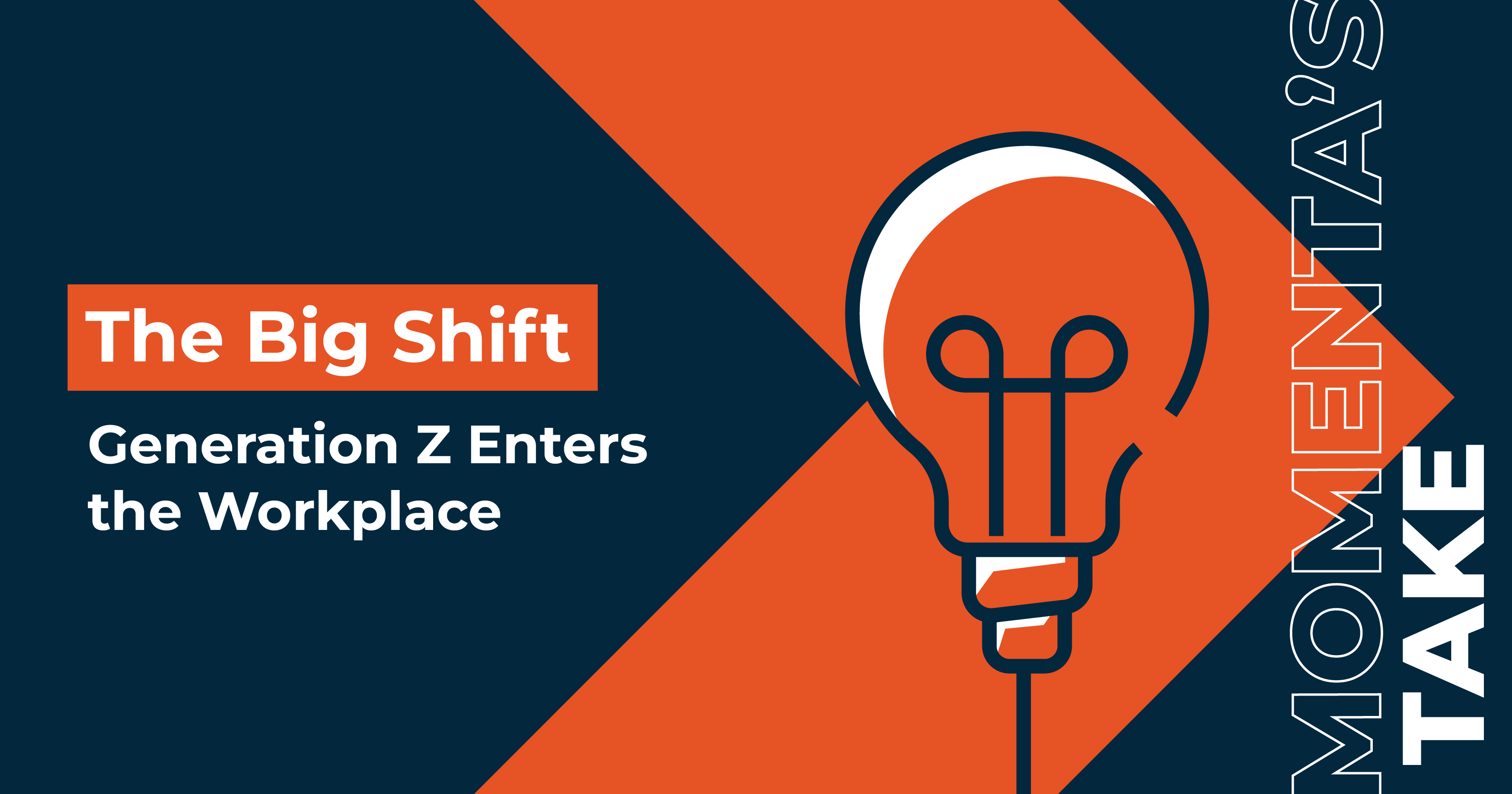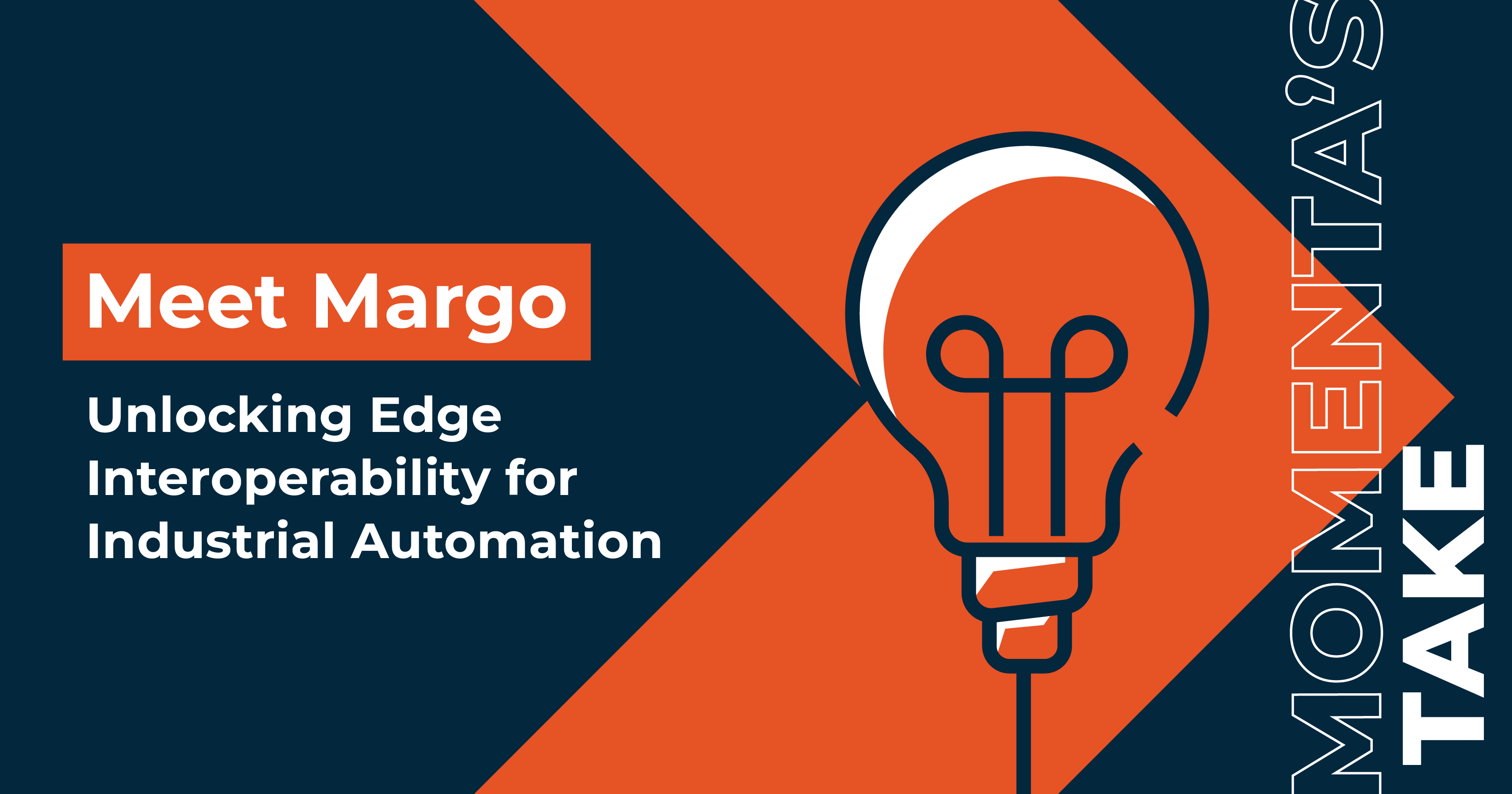Momenta's Take: The Power of 'Asset-Light'
Ken Forster

Exploring the Power of: 'Asset Light' Business Models
The 'Asset-Light' business model is a powerful concept that has emerged over the past decade. This approach de-emphasizes reliance on physical assets in favor of leveraging shared technologies and services, outsourcing, and partnerships to drive growth and value creation.
'Asset-Light' business models continue to benefit from declining costs of information and communications technology and are re-shaping industries including computing, transportation, hospitality, and capital equipment.
Understanding "Asset-Light" Principles
At its core, an Asset-Light strategy involves transferring capabilities such as people, processes, and technology to "better owners," enabling companies to transition from fixed to variable cost structures, enhance agility, and focus on core competencies. This approach offers operational flexibility, cost reduction, and increased speed to market, making it particularly popular in retail, hospitality, transportation, and digital industries.
Delivering Superior Financial Performance
Asset-Light business models offer several advantages, including reduced capital investment, enhanced agility and scalability, and improved operational efficiency. By minimizing reliance on physical assets, businesses can more readily adapt to market changes and focus on investing in core competencies rather than organizational overhead. Research by Ernst & Young underscores the efficacy of Asset-Light strategies in driving higher total shareholder returns and other financial benefits, irrespective of a company's market position.

Asset-light models are not necessarily appropriate for all types of businesses, but one way to measure the efficiency of value creation is the ability to generate value from assets. Economic Value Added (EVA) is derived from the difference between a business' net operating profit after tax (NOPAT) and the cost of capital invested over time. Suppose the net profit generated by an asset is less than the interest on a bank deposit or treasury bond. In that case, putting the money to work in a bank deposit or treasury bond is more profitable than purchasing assets that yield lower profit. The Asset-Light model is generally more efficient than an asset-heavy model, as the same profit is generated with less capital investment. This explains why capital markets tend to value Asset-Light businesses such as software, e-commerce, and social media platforms more highly.
Declining Costs of Information and Communication Technologies
The declining cost of Information and Communication Technologies has been instrumental in adopting Asset-Light business models. Declining bandwidth, storage, and computing costs that can be procured on an as-needed basis, as well as a rich ecosystem of freely available open-source software, enable startups to launch and scale their operations with minimal upfront investment.

Enabling Service-Based Business Models:
There is a broad cohort of X-as-a-service business models based on Asset-Light principles. Uber and Lyft exemplify Asset-Light models by relying on a network of independent contractors and existing vehicles to provide transportation services without owning a fleet. Food delivery platforms like Grubhub and Uber Eats utilize partnerships with restaurants and technology to deliver meals without heavy infrastructure investment. Similarly, companies like Airbnb and Vrbo leverage technology to connect property owners with travelers, bypassing the need for property ownership.
Leveraging Technology for Greater ROIC
Asset-Light business models offer advantages such as cost reduction, operational flexibility, and scalability when building agile, resilient, and innovative businesses. By fostering strategic partnerships, leveraging technology, and optimizing resource allocation, companies can create value for all stakeholders and outperform their peers in the long run. However, challenges can also include dependency on partners and suppliers, potential quality control issues, and supply chain vulnerabilities.

Using asset-light business models can fuel growth and strengthen financial results
Asset-light approaches are increasingly recognized for enhancing agility, reducing fixed costs, and facilitating strategic resource allocation. While Asset-Light strategies may not always be effective in heavily asset-intensive industries, technology can help drive better returns on invested capital by improving asset utilization and returns.
At Momenta, we believe in applying Asset-Light principles that leverage the declining costs of technology to generate superior returns on assets. Take EquipmentShare, for instance - a shining example within our portfolio. Despite operating in a traditionally asset-heavy industry, They have revolutionized the game. Fleet owners can now optimize equipment utilization and performance through EquipmentShare's cutting-edge technology platform, unlocking unprecedented value. It's a testament to the game-changing potential of embracing asset-light strategies in even the most entrenched sectors.

Source: https://www.deloitte.com/au/en/Industries/financial-services/blogs/Asset-Light-operating-model.html

Momenta is the leading Industrial Impact venture capital firm, accelerating digital innovators across energy, manufacturing, smart spaces, and supply chain. Our team of deep industry operators has helped scale industry leaders and innovators to improve critical industries, the environment, and people's quality of life for over a decade.


